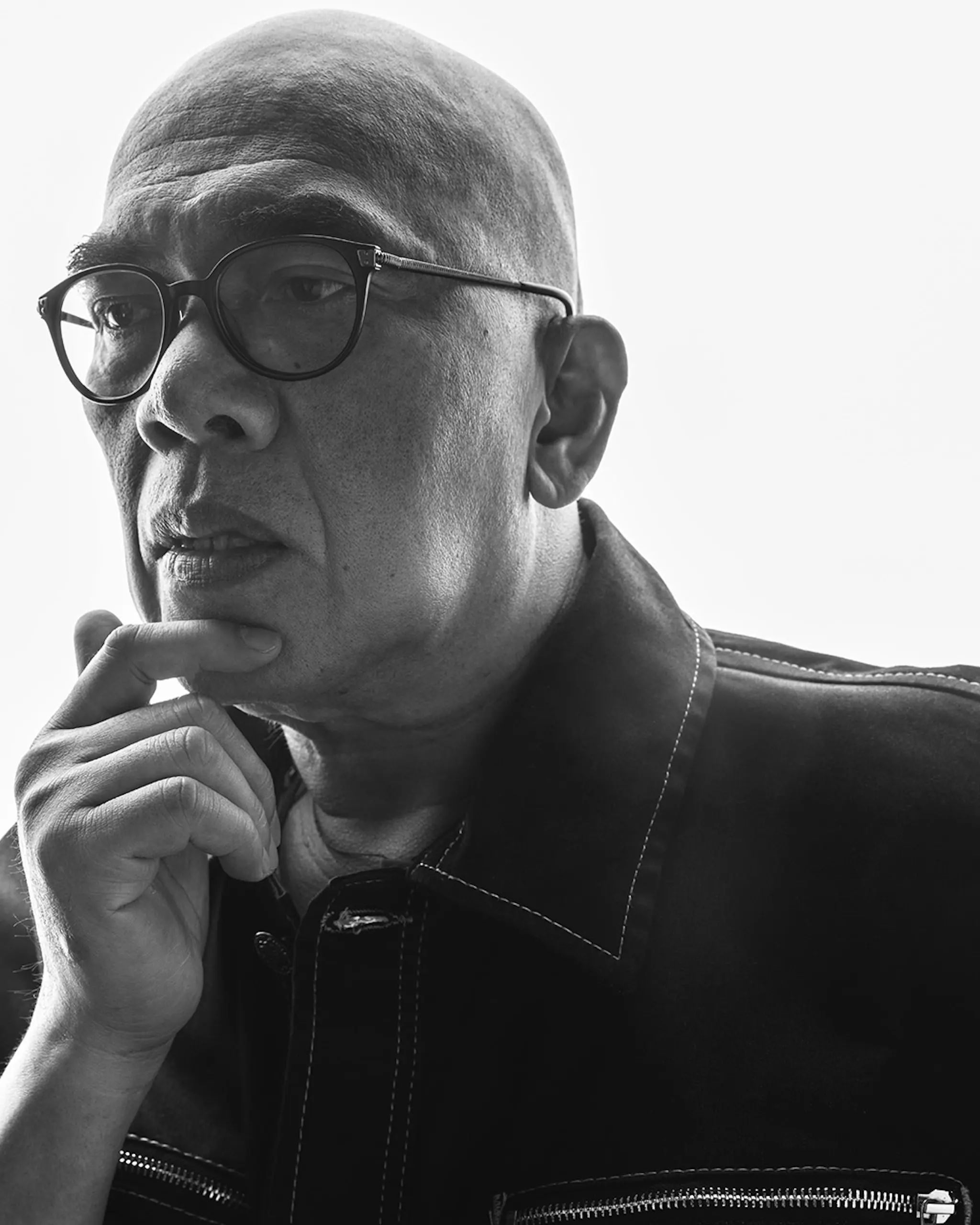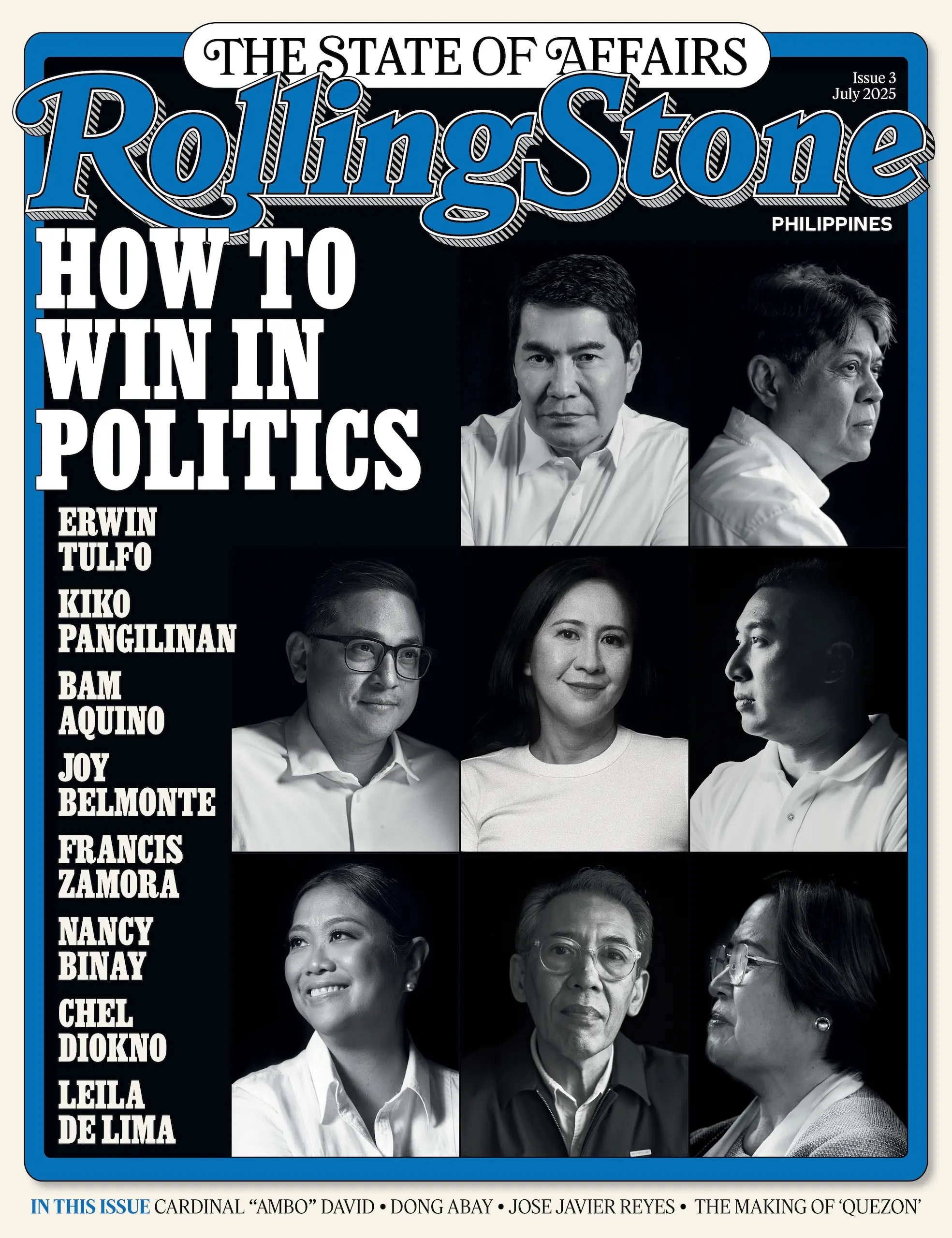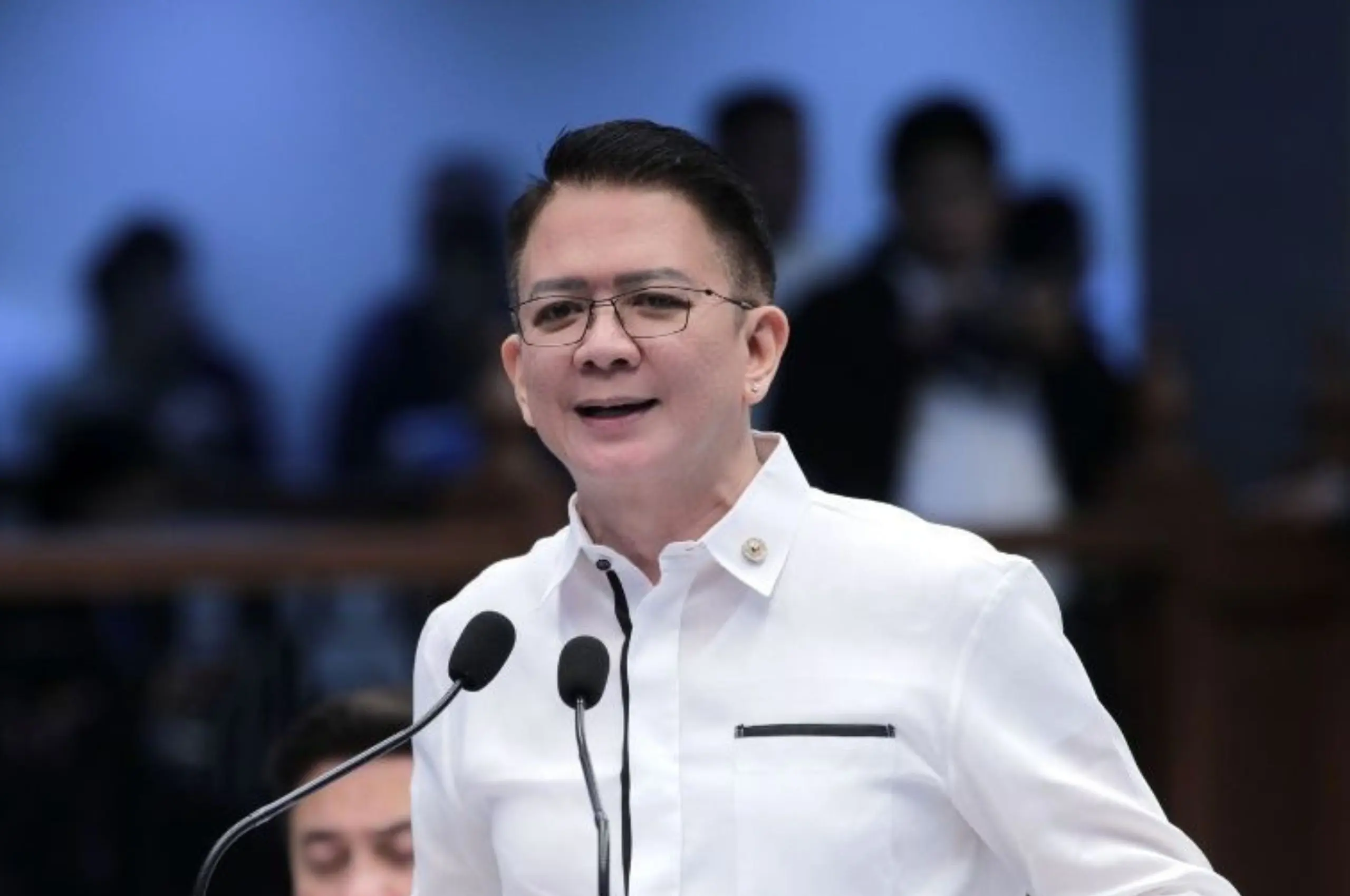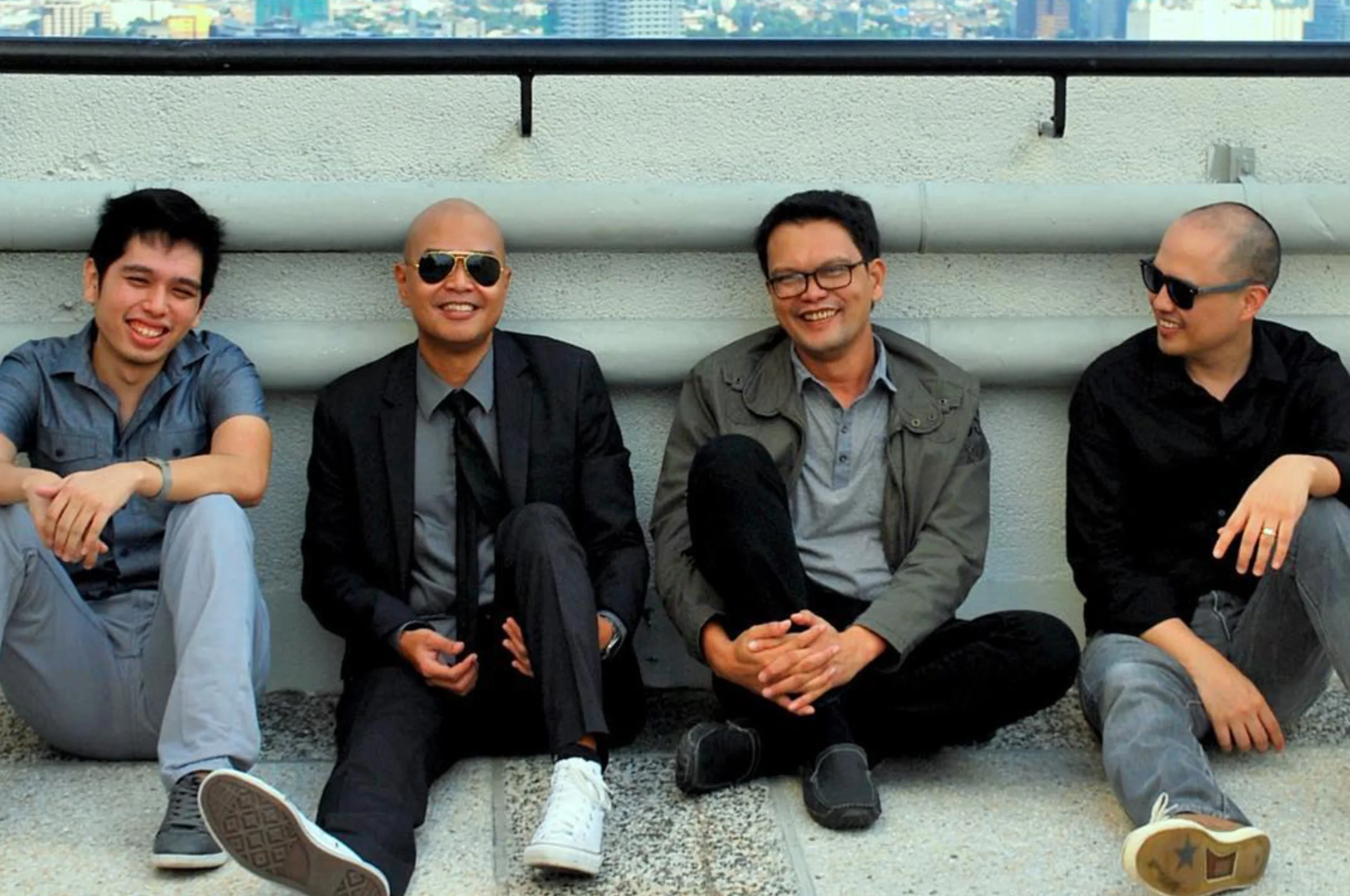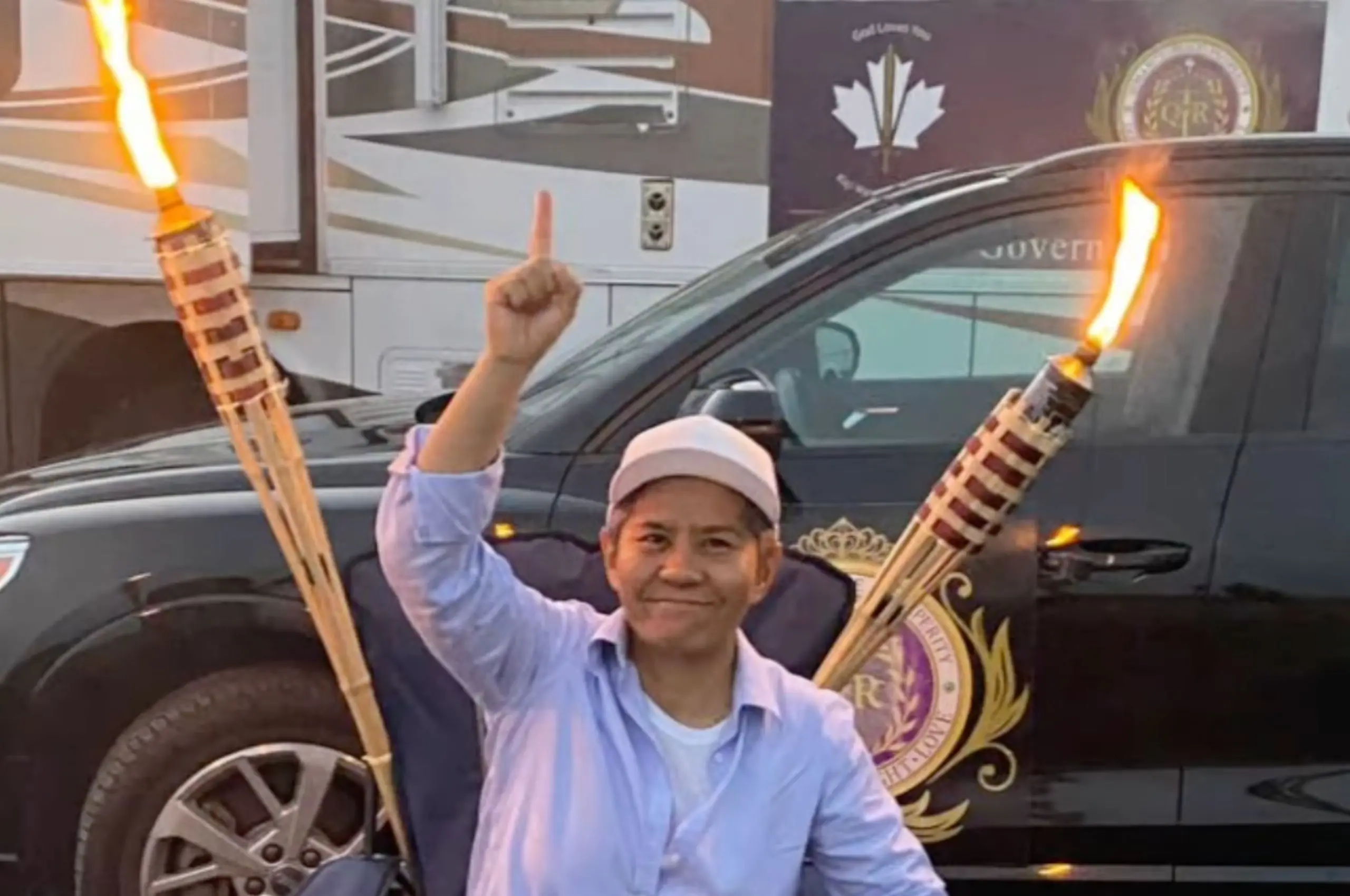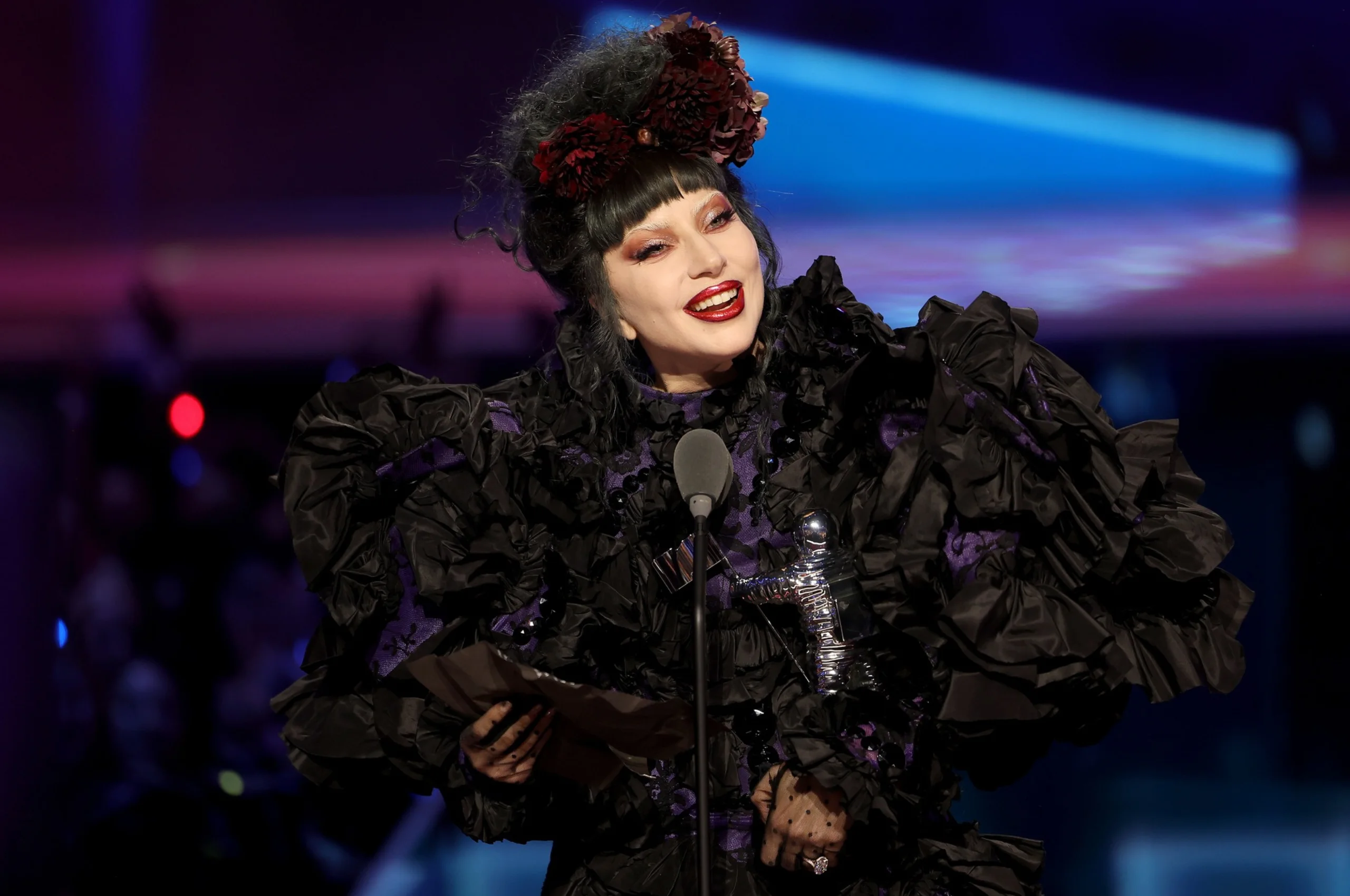Boy Abunda prefers to call rather than text. In most cases, without warning and leaving you just a second or two to pull yourself together, like the hundreds of celebrities who have been on the hot seat in his long list of interviews. Like his talk show Fast Talk, time is of the essence for the famed Tito Boy. The man works non-stop, juggling his talk show on GMA 7, his YouTube show, consultancy work, and everything else that keeps him up til the wee hours of the night.
He’s probably the hardest-working man in showbiz today, doing the work in front of and behind the camera. Yet, still, when you have his time, not a single second is wasted. Throughout a two-hour interview, the entire thing felt like a masterclass on what it takes to succeed in show business, all from someone who never imagined being here in the first place.
“Ang tatay ko ay mahirap na kundoktor ng bus, who was a jack of all trades,” he says. “My mother was a public school teacher. I come from very humble beginnings. But hindi kami masyadong deprived. Because, hindi ko naman alam na may mayaman. Lahat naman kami pare-pareho lang ang gusto. I was very good in school. I was not a bookish type. I went to the seminary for four years. Ito ‘yong hindi ko binitawan up to this very moment. I’m so connected to my core.”
Whether you live in Forbes or in the street where I grew up, we all like movie stars. I still get questions like “Maganda ba talaga si ano?”
“I always go back because I don’t think you can complete your story without being aware. I’m not obsessed with my past. But I am very clear: this is where it began, this is where I was, and this is where I am today.”
In this Rolling Stone Interview, the country’s premier talk show host discusses his life before show business, how he embraces being a social climber, and the killer instinct that separates the stars from mere celebrities.
So, apart from politics, how do you warm up an interviewee?
You start with the weather. That’s a big help.
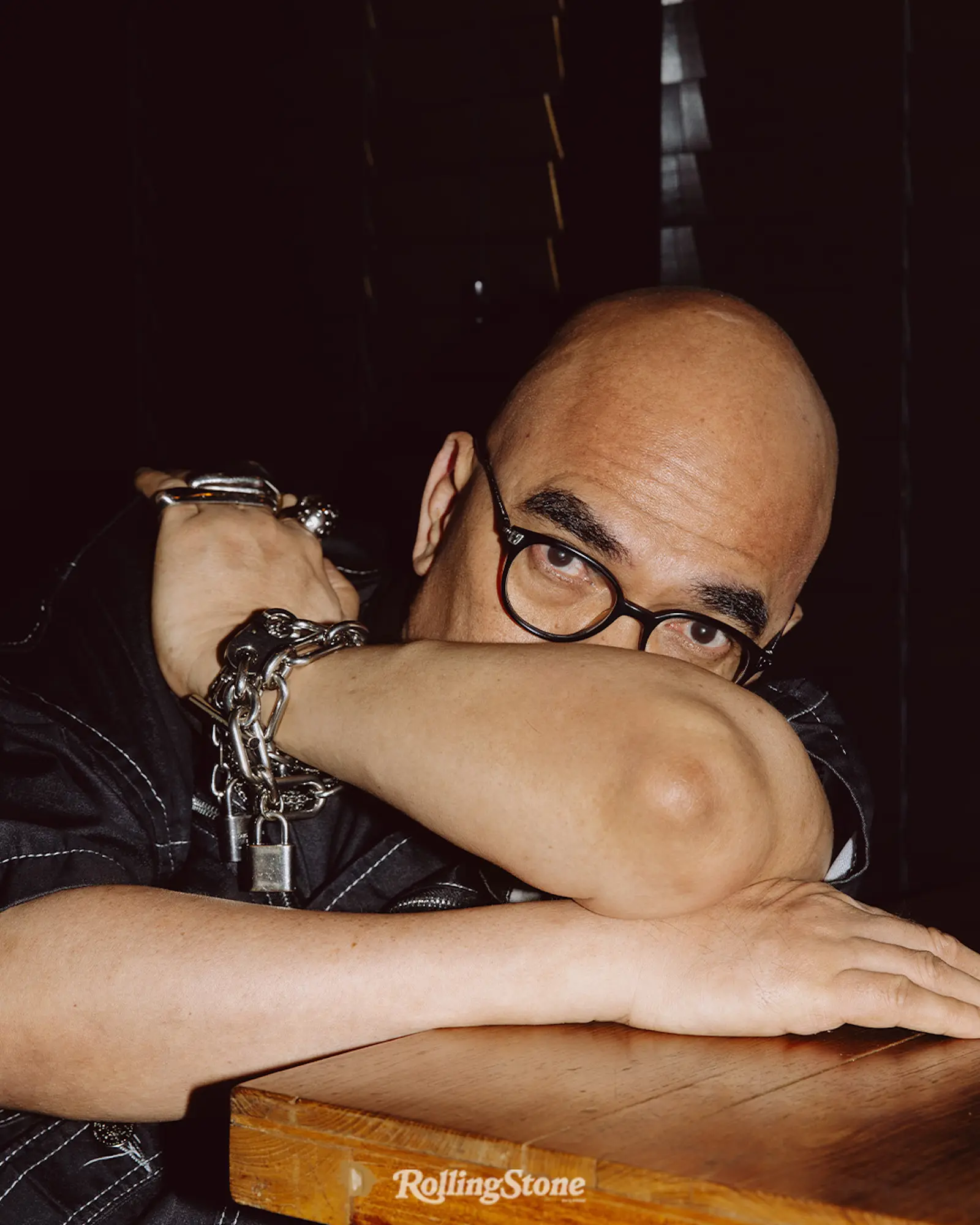
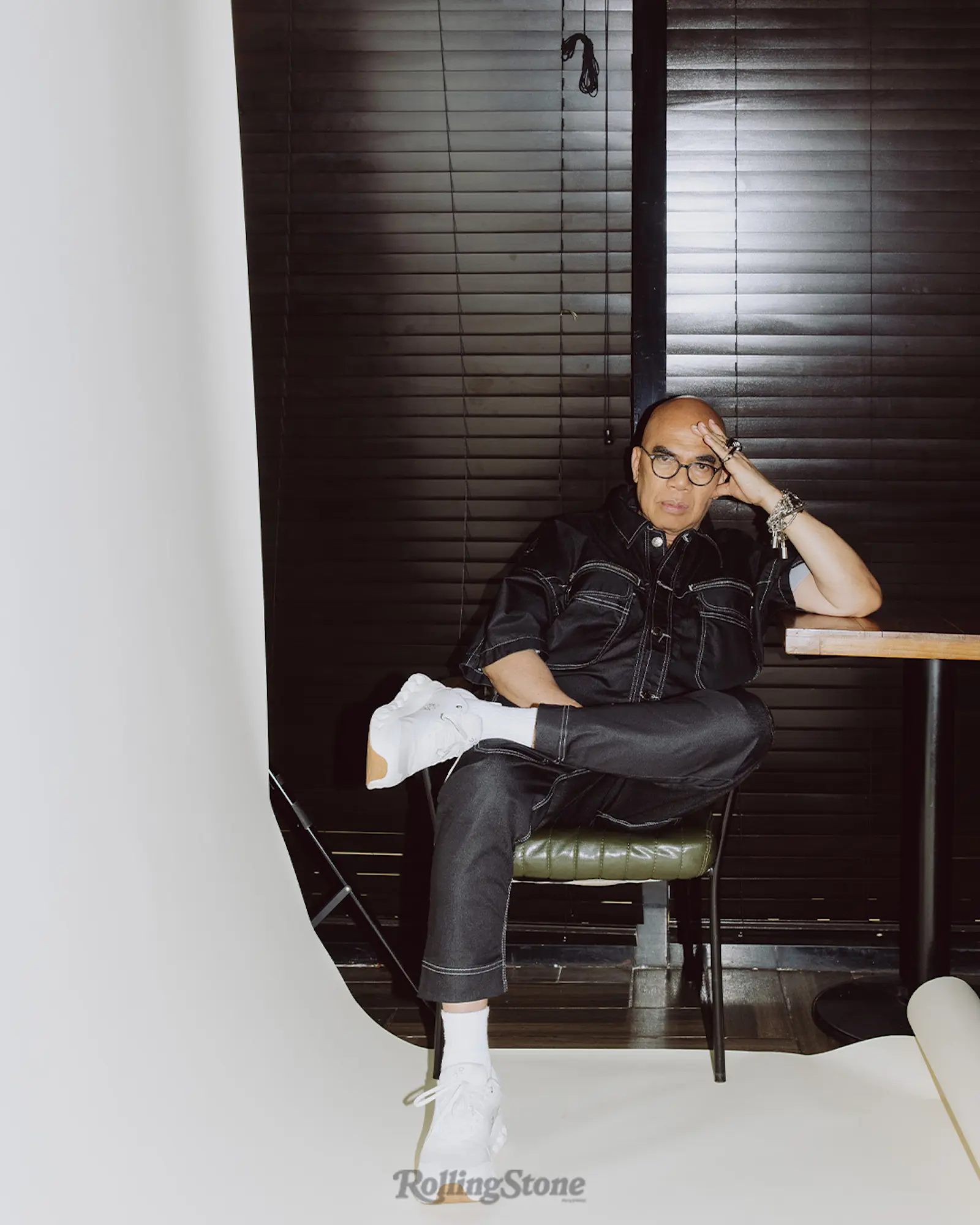
You said earlier you were a Nora Aunor fan even as a young boy growing up in Borongan, Eastern Samar. But apart from Nora, were there other actors that you looked up to?
I’ve always respected the magnificence of Vilma Santos. Tagahanga ako ni Hilda Coronel. I did an interview with her, she’s doing Sisa now with Jun Lana. Ibang klase. I’m a fan of brilliant actors, actresses, models, and interviewers. I’m a fan of people in that world. Anybody [who] grabs you by the neck with whatever they’re doing, I’m easily drawn to.
When you were offered the job by GMA in the early ‘90s, to be a talk show host, in the beginning, you said you had to look at the interviewers that you looked up to. Who were some of them?
Ang nangyari kasi sa GMA 7, I was already doing consulting jobs for their corporate communications office. I came from the theater, and then I started my own public relations office. I was doing a lot of stuff. I had started managing. I discovered Ariel Rivera in 1990. I was managing Monique Wilson, The CompanY, Vernie Varga. I had one of the biggest management offices when I was asked by GMA 7 to do television.
In the consulting meetings kasi that we would do, wala akong ginawa kung ‘di dumaldal. Bobby Barreiro, who was [then] the executive vice president of GMA, said, “Sige na! Mag-on-cam ka na.” And I said yes, thinking that it was not going to happen.
But it happened. I remember the very first episode of the show I did with Gretchen Barretto. It was a late Saturday evening show. Primetime ‘yon e.
Sabi ko sa audience, “Give me four shows. I would know what I’m doing.” [Laughs]
But much later, when I was doing television — I started kasi walang libro na how to host for television. Mayroong mga narrative. A good read, for example, would be the Larry King book, or Audition of Barbara Walters, but these are all narratives on how they did their stuff.
Pero when I started to do political shows like The Bottom Line, Private Conversations with Boy Abunda, Kontrobersyal, and I was also doing entertainment shows, doon ako nag-aaral. I was watching all of them do their stuff. I wanted to learn how to phrase questions, how not to overtalk. Because in the beginning, I was just talking. I was not listening. The public has been very patient.
But I always stuck to who I was. I did not pretend to know what I was doing, kasi I was not the main act naman. Like with Gretchen, I was a co-host. That’s how I started. And then, of course, the peak of that story was when Kris [Aquino] and I started to do things together. That was a different phase of our careers as talk show hosts.
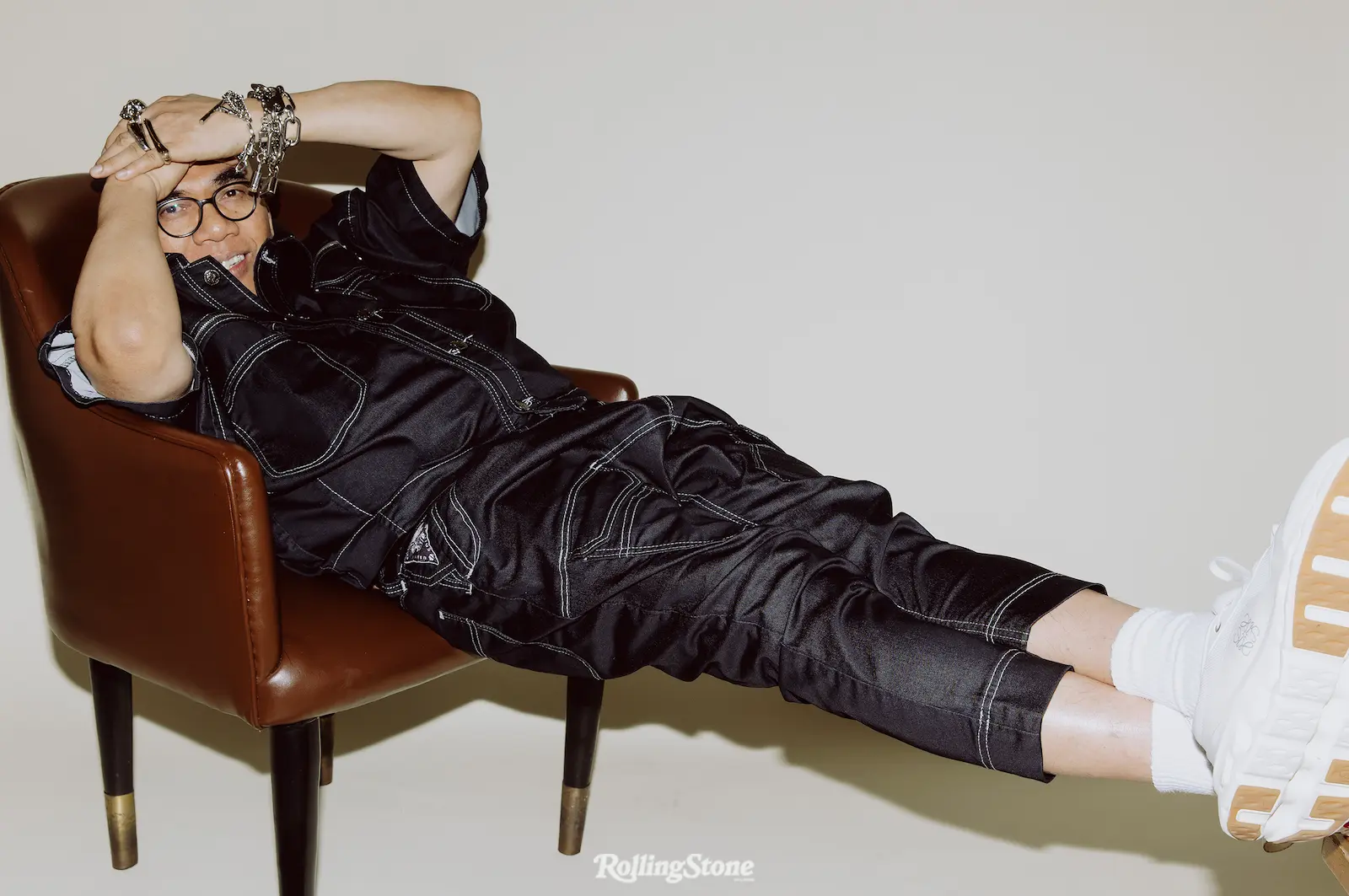
Who was the “you” that you stuck with?
The boy from Borongan, Eastern Samar. I stuck [with] “the fan.”
Noong kaya pa ako paaralin ng tatay ko, I went to the Ateneo [de Manila University] for over two years. Pero when tatay died, I roamed the streets of Manila. But some people would say, “Ba’t ka nakapag-Ateneo kung mahirap kayo?” That time tatay was doing well. Ang negosyo niya ay kopra. Nagbebenta kami ng kopra sa Tacloban, Cebu. And then, what happened? The short of the long story: lumubog ‘yong barko, ‘yong lantsa na sinasakyan. Tatay lost everything. He passed away when he was 47. He was very young.
One of my biggest frustrations at the Ateneo was I could not get the “Areneo” accent. When I went to the Ateneo, parang I was a fan to everyone. I used to tell Nanay, “Nanay, ang gaganda ng kutis nila.” Tapos sabi ko, “Ambabata nila, may mga kotse na.”
It was like watching a movie. To me, everything was a movie. “Pero mababait sila, Nanay. Tapos, ang gagaling nilang mag-Ingles. Mayroon silang tono na kakaiba.”
When I said that even in the beginning of my career as a talk show host I stuck to who I was, I was aware that I could not be who I was not. I can evolve to what I would be, I don’t know what it was, but hindi ko pipilitin ang sarili ko maging somebody who I was not.
When I was doing television, I was aware of who I was. Hindi ko naman pangarap e. It was not written on the wall na, “I want to be a talk show host.” I was discouraged by one of the most influential people in the business today, sabi niya, “Alam mo, huwag ka nang mag-on cam. That’s not for you.” Sabi ko, “Bakit ayaw mo?” “Hindi. There’s so much promise. One day, you’re going to own your own advertising company. You’re a salesman. You’re going to be head of your own marketing firm. That’s who you are.”
Sabi niya, “I’ll be very honest with you. Number one, you have an accent. Gusto mo pa naman maging serious host. It gets in the way.” Kasi Waray na Waray ako. Sabi ko talaga, “Is it bothersome?” “It can be.” And I appreciated that conversation. Sabi ko, “Sige, pag-iisipan ko. Ano pa?”
I learned how to smell the differences between Dior and Chanel, Jacquemus and Schiaparelli. But even when I social climbed, I made sure I was responsible and I knew my core.
“You’re not good looking enough to be on television.” I remember taking that as a joke kasi ang ilusyon ko noon ay ang ganda-ganda ko. [Laughs]
Sabi ko sa kanya, I remember this line, but “Sinabi ko ba ito sa‘yo?” “Oo nga, ang lakas ng loob mo.” “Alam mo, kung hindi mo nakikita ang ganda ko, ikaw ang may problema.” I told him that daw.
Tapos, pangatlo, sabi niya, “You’re gay. And you’re not a comedian.” Kasi, during that time, comedic personality ang hinahanap. So, hindi ko nakalimutan ‘yong tatlong bagay na ‘yon.
Sabi ko, “Alam mo, by discouraging me, by stopping me from doing television, all the more that I’ll do it.”
I don’t know why I stay, why I do what I do, why now I’m teaching public speaking in universities. Hindi mo talaga lahat mapaplano. And in 2011, when I won the Asian Television Best Talk Show Host, my friend said, “I take back everything I said.” Not apologizing, matter-of-factly. But I appreciated that conversation. Kasi hindi ako binigyan ng ilusyon. Wala akong ilusyon masyado na ako ay Miss Universe material.
While you were doing all that and evolving in your craft, you also saw how the Filipino audience has changed. What was that like?
Hindi ako nahirapan kasi when people talk about masa, masa ako. A large part of [the] television audience is really masa. Ang core [audience] ko is nanay, because that’s not invented. That is real because my life was my mother.
And in my political shows, when guys will talk about poverty, it is not a concept to me. It is real.
Doon naman sa kabilang dako, I really don’t subscribe to the division of the demographics and the psychographics of audiences. Para sa akin, ang daming commonalities, kahit A,B,C, or D.
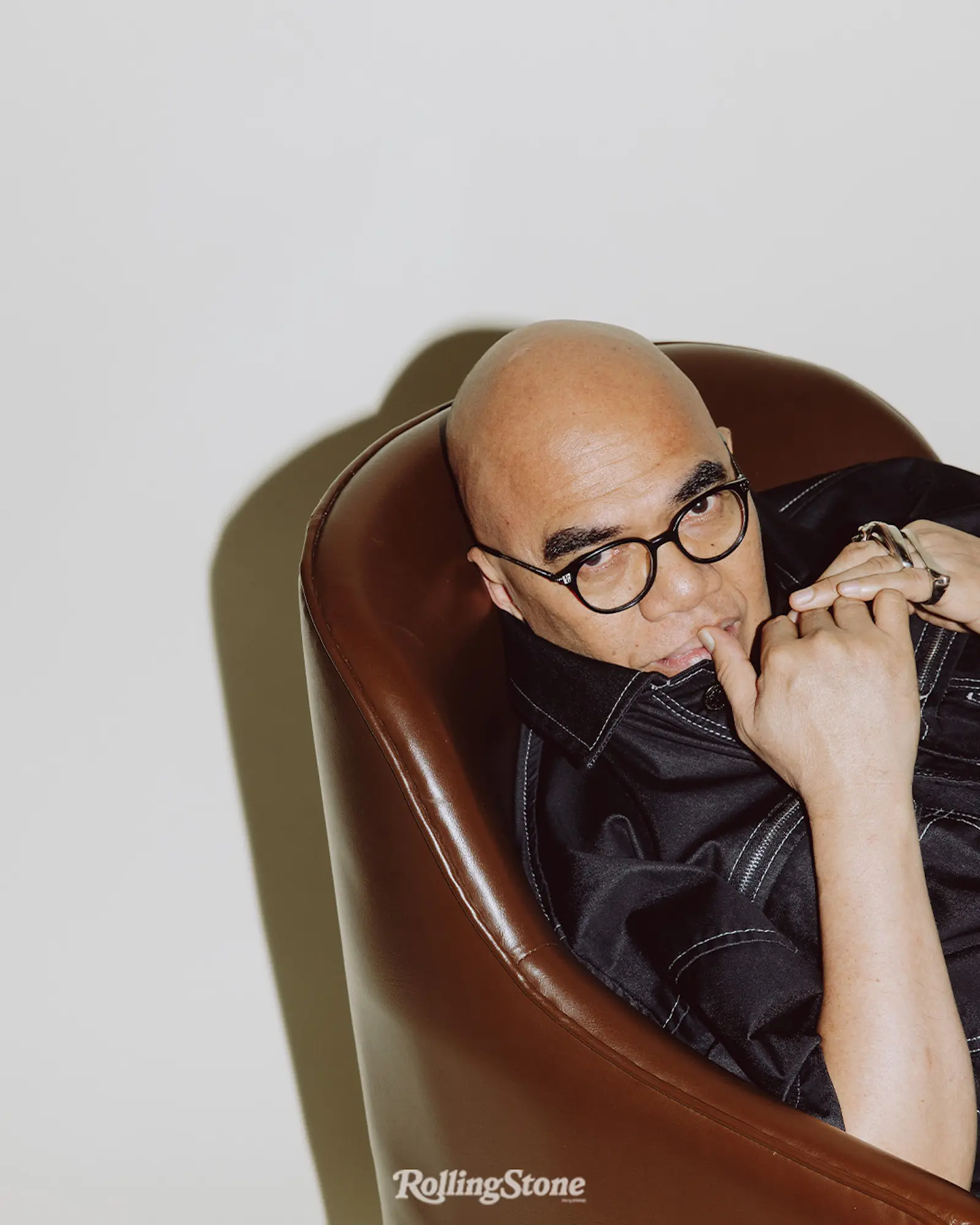
But the rest of that was taken care of by my being a natural social climber. [Laughs]
In that department, I learned how to smell the differences between Dior and Chanel, Jacquemus and Schiaparelli. But even when I social climbed, I made sure I was responsible and I knew my core.
Parating sinasabi ng nanay ko, “Whatever you do — whether you succeed or you fail
— know your way back home.” Alam ko pa paano umuwi.
Ano ‘yong commonalities ng A, B, C, and D markets?
In the context of talk shows, lahat ‘yan gusto ng balitang artista. Lahat ‘yan ay drawn to the idea of controversy, to the magic of celebrity.
Ang controversy, kadikit kasi ‘yan sa mga tsismis, blind items, true stories. The ecosystem of the talk show genre is very complex. Whether you live in Forbes or in the street where I grew up, we all like movie stars. I still get questions like “Maganda ba talaga si ano?”
Kaya, ako, ‘pag, halimbawa, nag-e-examine ka ng market, okay naman sa akin ma-inform na ito ang panlasa ng masa. My resistance to that is very personal, na parang, “Talaga you continue to dumbify — for lack of a better term — my people because [hanggang] dito lang kami?”
Read the rest of this story in our Guilty Pleasure of Showbiz Gossip Issue. Available to purchase at sarisari.shopping. Get digital access to Rolling Stone Philippines magazines here.
